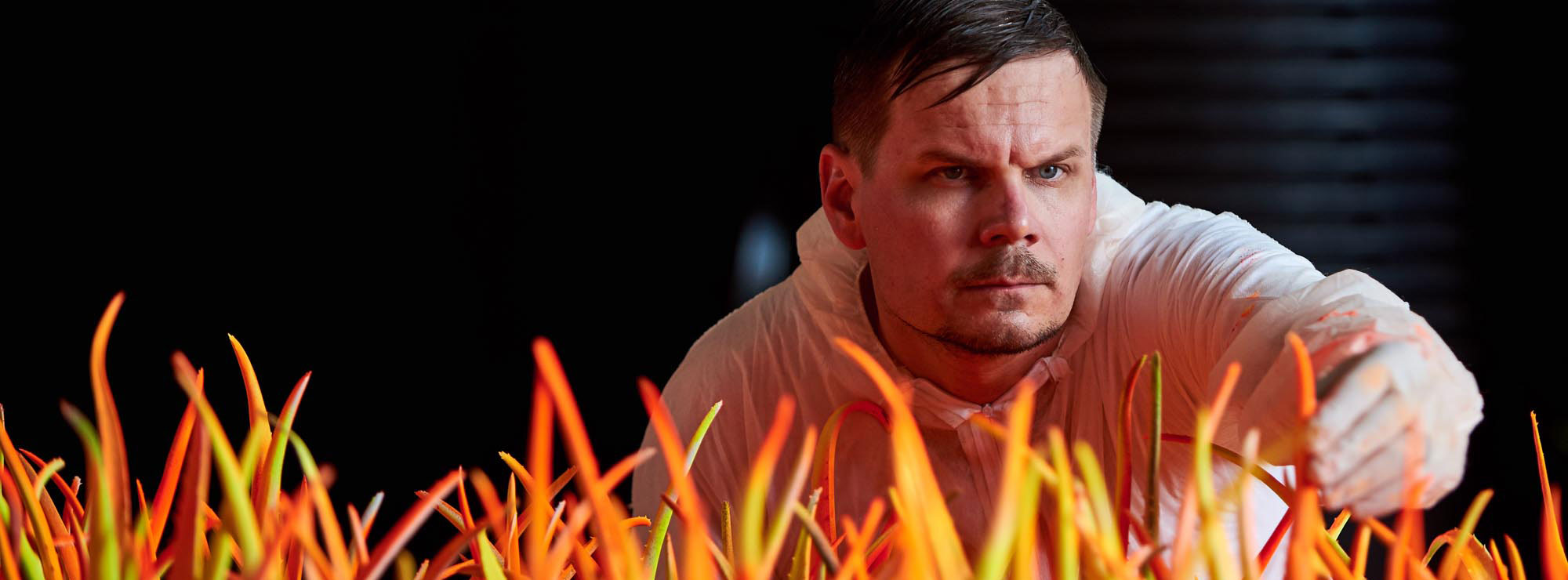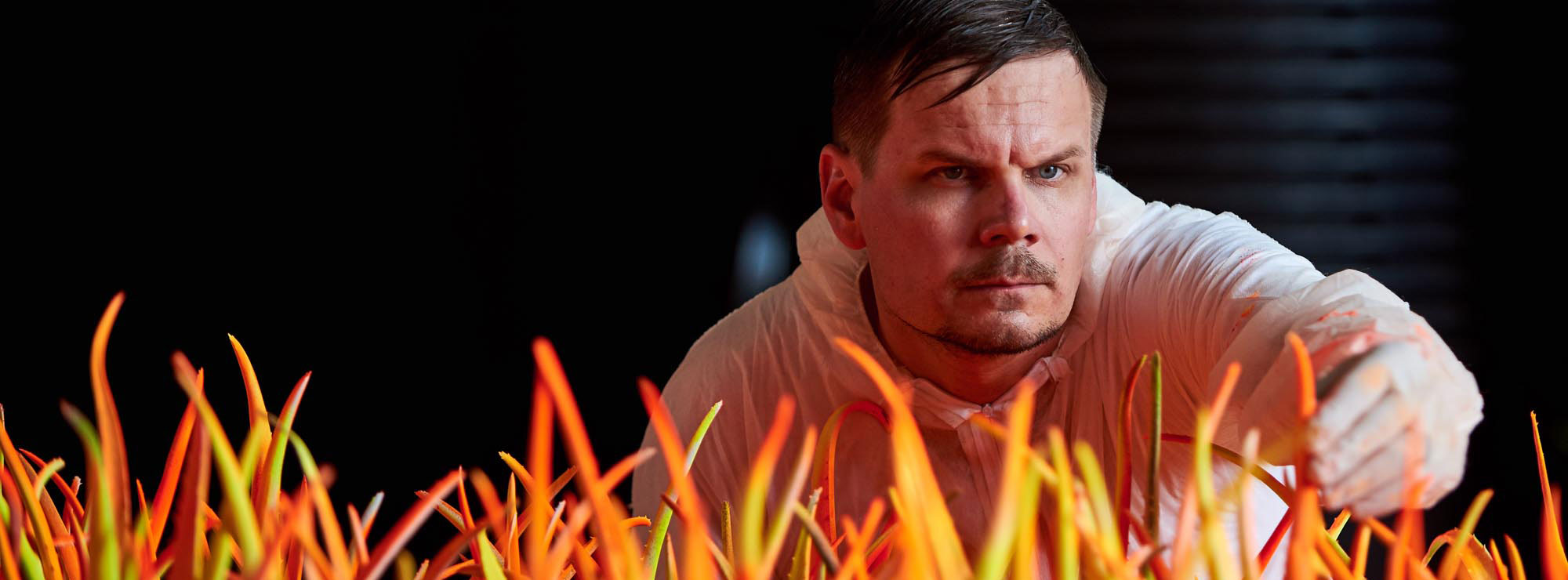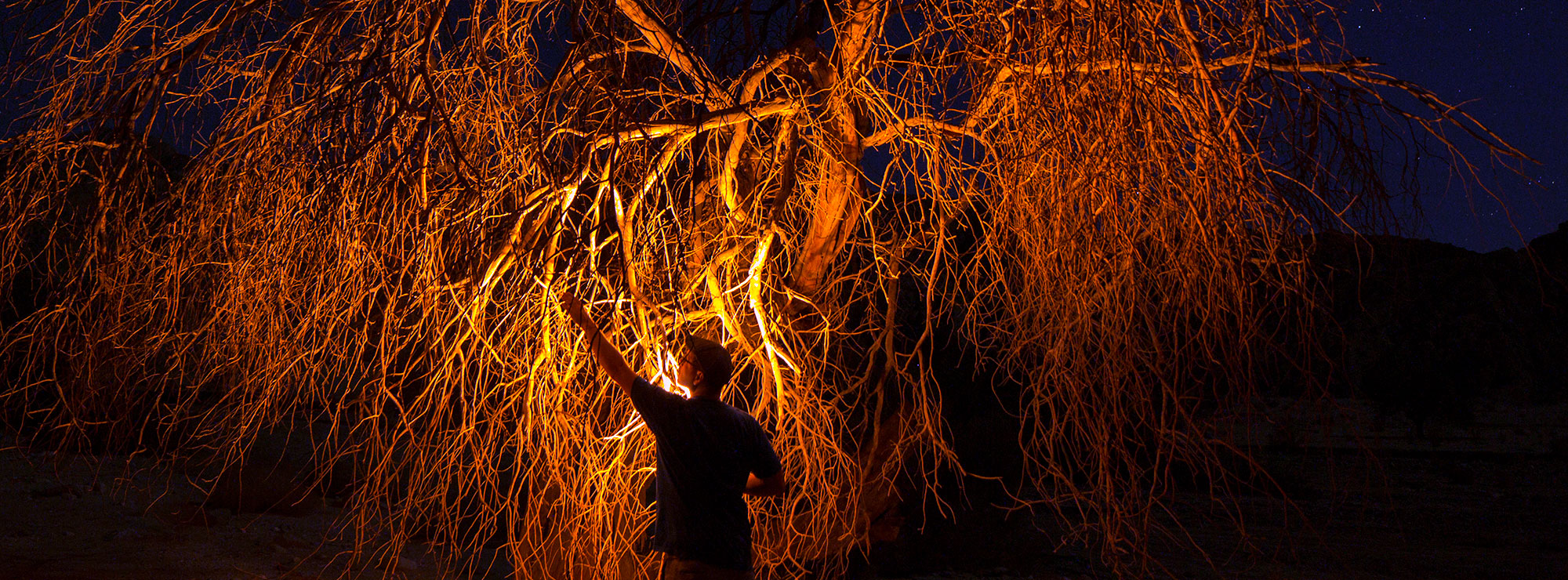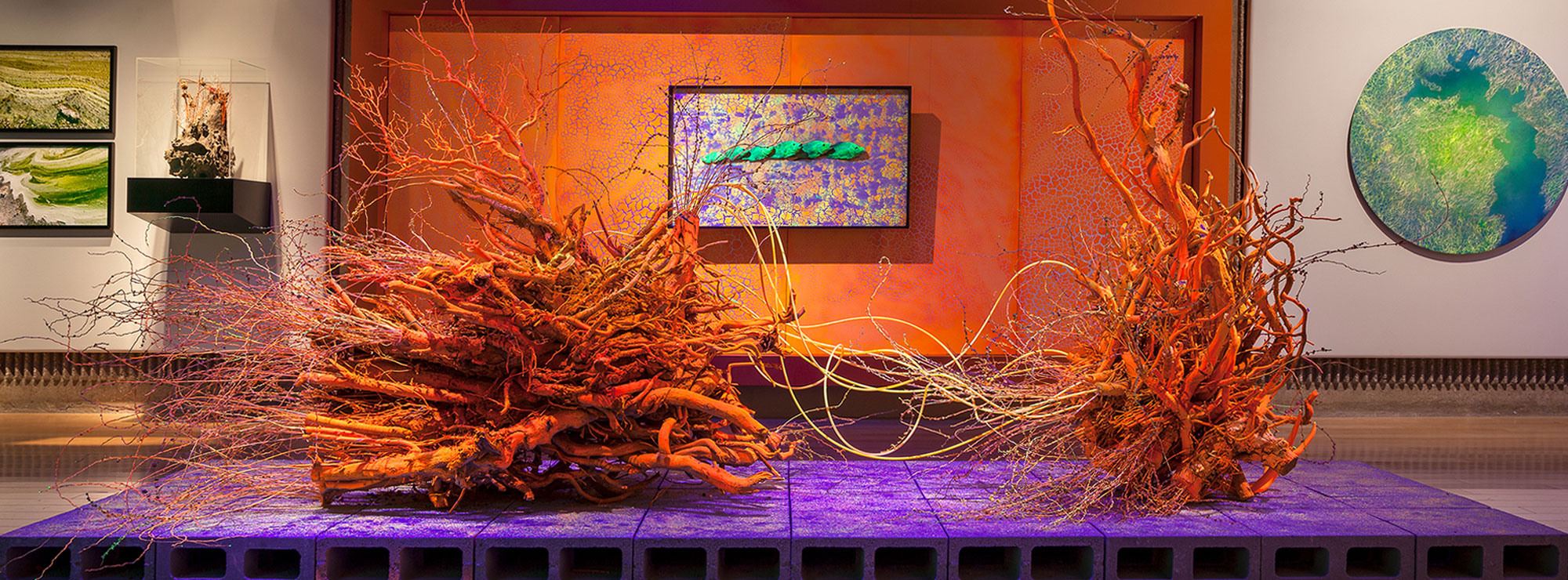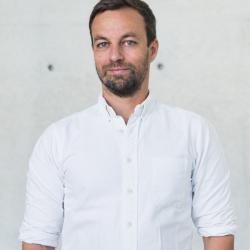Cristopher Cichocki is a California based land artist. His art explores the relationship between humankind, the environment, and industrial expansion. Cristopher also produced the Building beyond together Root cycle installation which will be featured in a soon to be published documentary.
Nikola: What are your biggest inspirations?
Cristopher: I live in the desert of Southern California’s Coachella Valley. I’m constantly immersed within the desert landscape and this translates heavily into my multi-faceted art practice.
When it comes to artist inspiration, I’m greatly influenced by the Land Art movement. 1960s pioneers like Robert Smithson, Walter De Maria and Nancy Holt. I define my art practice as New Earth Art which is an extension of Land Art, examined within a new scope that confronts our increasingly toxic global environment.
Nikola: Your work focuses on the relationship between us and nature. How did you start on this path?
Cristopher: Nearly 20 years ago I was making site-specific interventions in the streets of Los Angeles using neon colors and found materials. This body of work examined the relationship to infrastructure within urban development. My neon palette then entered into the desert of the Coachella Valley, where I’ve been living and working for the past 12 years. The striking contrast of acidic neon inserted within the arid desert climate deeply resonated with me as both a visual and conceptual strategy. It was then that the open desert became a blank canvas for my work. The freedom of producing art in the desert allows my studio practice to become unbound, open to whatever terrain I explore and collaborate with. I take this approach to art making with me wherever I travel, responding to the unique history and physical environment of each site-specific project or exhibition.
Nikola: What is your relationship to architecture and its impact on the nature?
Cristopher: Similar to how I incorporate nature into my work, I collaborate and embellish upon architecture. My installation work is an architectural intervention, amplifying and transforming the site, while also addressing the history of each site and its surrounding environment. In addition, I’m fascinated with the new forms of biomimicry created through nature and architecture. I have the feeling these studies will end up informing my art in some way, but more than anything, I feel biomimicry research and implementation holds the key to the future of sustainable design.
Nikola: How do you think art can inspire positive changes in society?
Cristopher: Once you perceive something differently there’s no going back. I believe art has the potential to broaden and shift our perspectives into a greater understanding.
